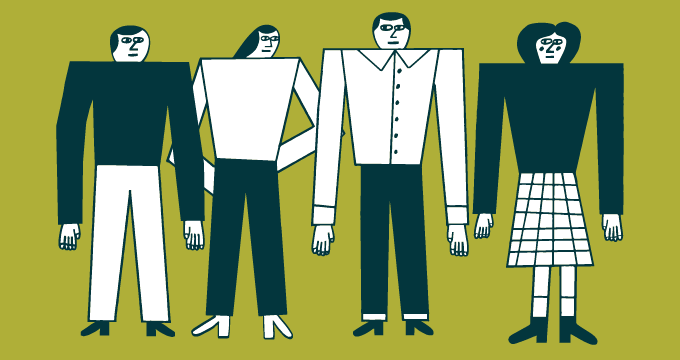It’s lunchtime on a Thursday, and Marisa—a busy professional who unwinds by backpacking and rock climbing—realises that she’s missing a key piece of gear for her annual winter trip to Joshua Tree, which begins tomorrow. She thinks back to last year’s trip, when her old sleeping bag didn’t quite cut it for those cold desert nights, and she knows that a new bag will be necessary if she wants to avoid shivering in her tent every evening.
A longtime customer of Frozen Outdoor Equipment, Marisa opens up the company’s mobile app while she grabs lunch before her next meeting. Although she knows which bag she wants, Marisa is short on time. Could she order it online and pick it up at a store along the way?
To find out, Marisa clicks the app’s embedded self-service feature (like many customers, she prefers to find answers on her own) and discovers that she can—but she’ll need to find out if the store has one in stock. She pivots to the app’s chat option, and an agent promptly responds and checks on availability—but before the sale can be completed, Marisa has to run to that 1 PM meeting.
Because Frozen offers an omnichannel experience, the abrupt end to the chat session won’t mean a lost sale—instead, the agent follows up with a proactive SMS message to Marisa, offering to call her at a better time to finish the transaction. An hour later, Marisa steps into a conference room and takes the call from the Frozen agent, who confirms that the item is in stock in the store, helps her complete the purchase, and puts the item on hold for pickup.
Marisa’s journey—one that began with self-service and then cycled seamlessly through multiple touch points—shows the power of a seamless, omnichannel experience, which shouldn’t be confused with multichannel service (although some people use the terms interchangeably). In the fiercely competitive outdoor equipment market, Frozen realises that a support interaction is four times as likely to result in a decrease in customer loyalty than an increase—and with multiple competitors breathing down its neck, the company makes retaining customers a priority by offering an omnichannel experience.
Those customers expect a seamless journey across channels—one in which self-service options are available and they never have to leave the mobile app or website. But besides giving customers what they want—fast service, anywhere and anytime—omnichannel helps companies like Frozen improve agent efficiency (by keeping agents in the loop as the customer switches touch points), break down internal silos, and gain a deeper understanding of the entire customer journey.
In Marisa’s case, the omnichannel experience doesn’t end with the purchase and a great weekend in Joshua Tree—when she returns, she’ll find a follow-up email about the support she received, including an invitation to take a survey and provide more feedback. That end-to-end care resonates with people like Marisa, and when she posts on Twitter about her great experience with Frozen, she’ll become the kind of customer every company wants: the evangelist.
